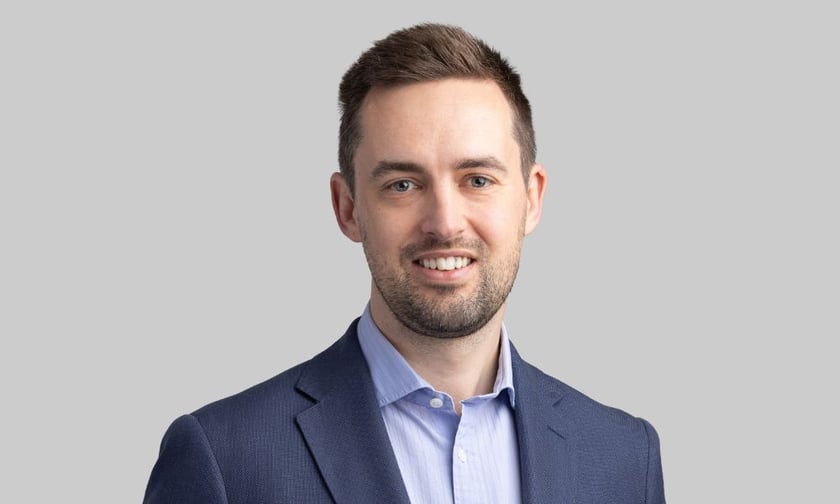

According to industry experts and data from claims costs, secondary perils – including floods, bushfires and hailstorms – are increasingly becoming insurers’ primary drivers of losses.
“What the past several years have shown us is that these secondary perils are no longer secondary perils, they are loss drivers, particularly in Australia, where we’ve got such a multi-peril environment,” said Tom Mortlock (pictured above), senior analyst at the global brokerage Aon.
“We need to make sure that we’re across modelling the frequencies associated with these non-cyclone and non-earthquake perils,” said the Sydney-based analyst, who is also adjunct fellow at the University of New South Wales’ Climate Change Research Centre.
Until recently, primary perils like cyclones and earthquakes were more of a focus for insurer risk assessments and modelling tools. That’s changed with, for example, the rise of better digital satellite maps and advanced flood mapping tools. However, Mortlock suggested to Insurance Business that there is still a way to go.
“There certainly is an emergence of us needing to better understand what we call, traditionally, secondary perils or frequency perils,” he said.
One of the challenges, according to insurance experts, is that secondary perils, unlike primary perils, can happen anywhere. These perils can also be strongly impacted by urbanisation that increases the probability of heavy losses.
Another issue, said Mortlock, is that some secondary perils are not yet quantified or modelled by insurers. Air quality, like haze caused by smoke, is an example.
He referred to the Canadian wildfires that started in late April – according to news reports the biggest in that country’s recorded history. More than 3,000 fires have displaced about 30,000 people, with smoke stretching as far as New York.
Australia’s experience during the bushfires in 2019 and 2020 suggests modelling the risk from smoke would be a good idea.
“By population, we probably saw more people affected in Australia by the secondary impacts of smoke on air quality around the metro centres than were directly impacted by the bushfires themselves,” said Mortlock.
In an Insurance Business UK interview published this week, Jason Richards, Swiss Re’s CEO for the UK and Ireland acknowledged the threat from secondary perils.
“We have seen a particular rise in what we call secondary perils,” he said. “Collectively, perils such as flood or wildfires in places where you wouldn’t usually see them are accounting for a growing number of losses.”
He referred to recent wildfires in Canada, California, Spain, the South of France and last summer’s surprising blazes in the UK.
“We’ve had hailstorms and surge rainfall as well, which are examples of other types of events which are going on around the world,” said Richards. “And we need to understand those risks and be able to evaluate and price them.”
In fact, insurance industry stakeholders have warned of the increasing insurance costs from secondary perils for a number of years.
“When earthquakes and cyclones devastate cities, the resulting headlines often focus on the damages bill from these events,” said a 2018 article on the website of Vero Insurance, Suncorp’s separate intermediated insurance business. “Yet the insured losses from such primary-peril events often pale in comparison to those from secondary perils such as hailstorms, floods, landslides, droughts and bushfires.”
The article referred to the record $5.6 billion in insurance losses from the 1999 Sydney hailstorm. Those losses were finally eclipsed by another secondary peril: claims costs from the 2022 flooding across NSW and Queensland. According to a recent PERILS estimate, those flood losses amounted to about $6.5 billion.
Swiss Re has also repeatedly warned the industry of the need to act on the threat from secondary perils.
“Large losses from secondary perils are occurring more regularly,” said Edouard Schmid, group chief underwriting officer in a Swiss Re sigma report from 2019. “This is a trend the insurance industry must act on so that we can continue to underwrite catastrophe business sustainably.”
In the report, titled “Secondary perils to wreak evermore natural catastrophe devastation globally,” Schmid said secondary peril losses will accelerate in the coming years due to factors, including urbanisation in areas exposed to flooding or fire, and also climate-change.
Should the insurance industry recalibrate its approach to secondary perils? Please tell us below
